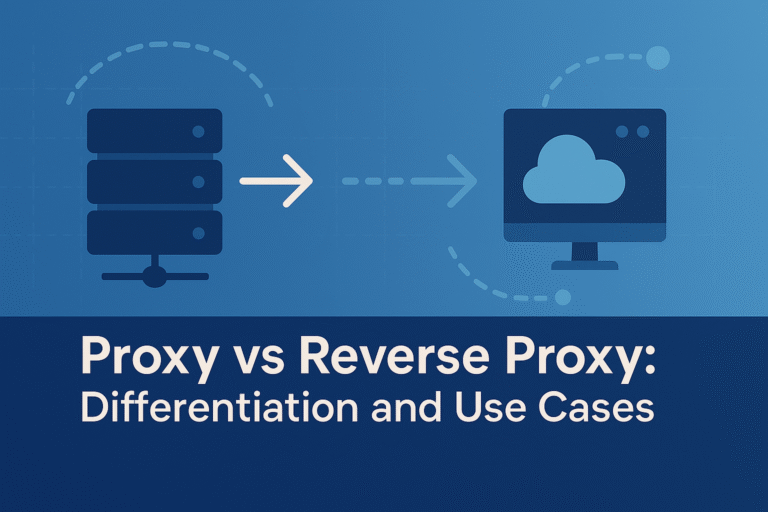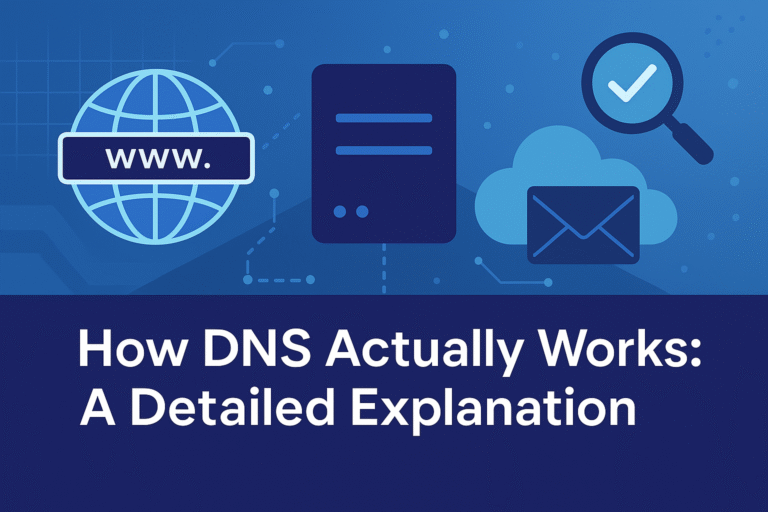Service Discovery in Microservices: A Comprehensive Explanation

Concept Explanation Service discovery is a critical mechanism in microservices architectures, enabling individual services to dynamically locate and communicate with one another in a distributed, scalable environment. Microservices have become a dominant architectural pattern for building large-scale applications, such as…








